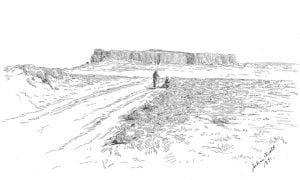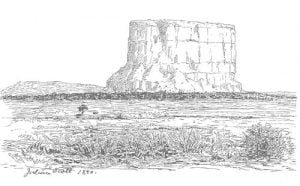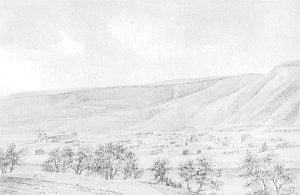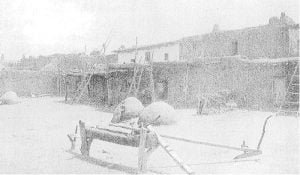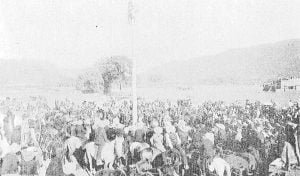Acoma Pueblo
Reaching the open plain, we came within view of the rock of Acoma, and were in a little while watering our horses at the reservoir over which the pueblos are quarreling. The water was very low and there wore evidences of recent neglect. The rock of Acoma, bears the pueblo of that name. It seems unreasonable that such a site should have been selected by its founders for a habitation except for protection against the more warlike tribes that infested the great plains, roaming at will, preying upon their fields, and later their herds. The distance to wood and water, … Read more

